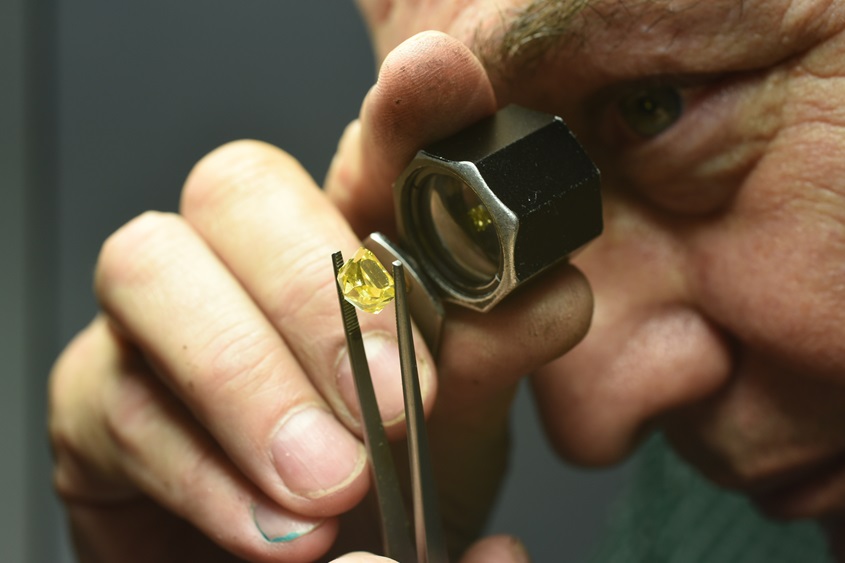The Black Economic Empowerment Plan was adopted by the South African government after the abolishment of Apartheid in 1994. It granted blacks known as HSDA – Historically Disadvantaged South Africans – equal rights in that country. The plan calls for the government to incorporate the black population in the country’s government system and economy.
The Black Empowerment Plan is part of the beneficiation process in Namibia, Botswana and South Africa. Its significance lies in the undertaking by large corporations that part of the economic activity will take place inside the country in order to facilitate and develop the local industry and economy, resolve social problems and create jobs for local residents.
In the diamond industry, the effect of the Black Economic Empowerment Plan is the gradual incorporation of black South African residents in the industry even at the corporate and ownership level. An important element of the beneficiation process lies in the establishment of diamond cutting and polishing factories in Africa, which will serve to strengthen the industry’s contribution to local economies.
South Africa’s beneficiation plan determines that 15% of the capital of each diamond company must be placed in the hands of the black residents. This amount will be increased to 26% in a universally accepted time frame. According to a new law to be enacted soon, diamond companies in the country will have to be owned by black entrepreneurs or at least be able to prove joint ownership by black and white entrepreneurs, all with the aim of ensuring the ongoing financial empowerment of the historically disadvantaged black South Africans.













